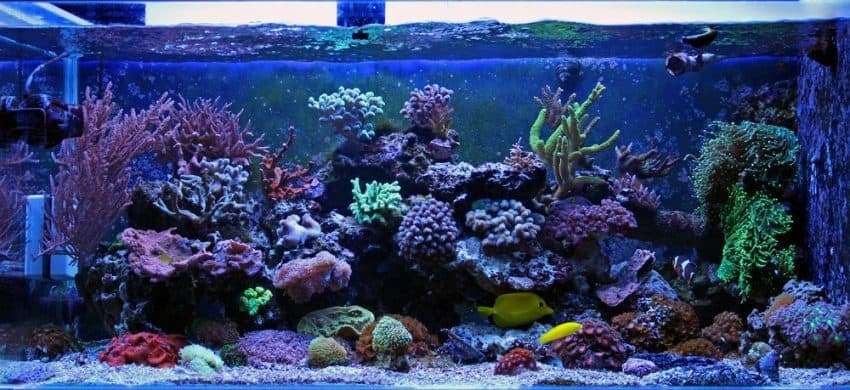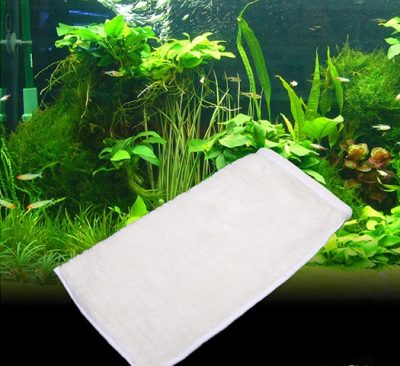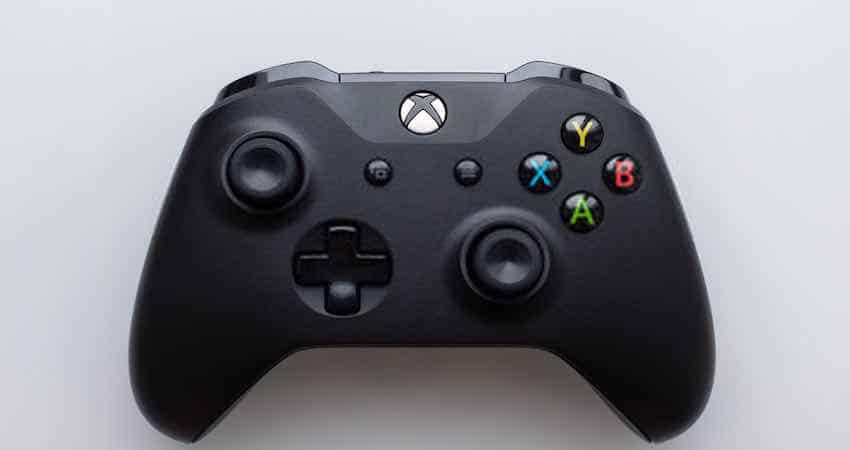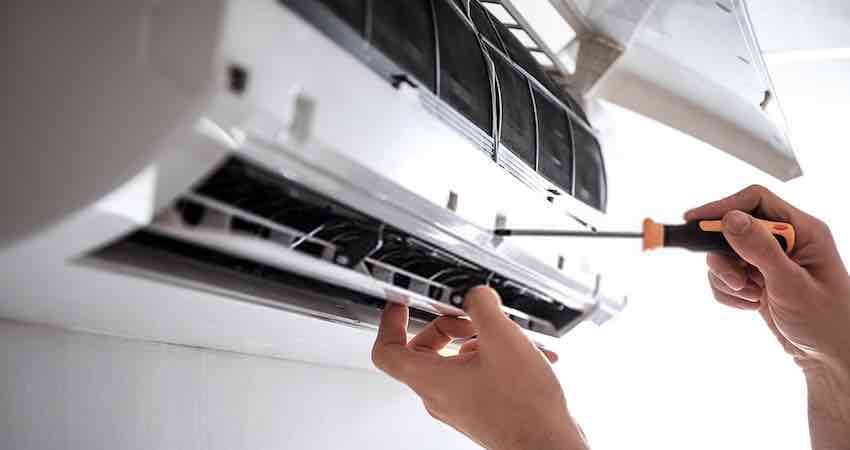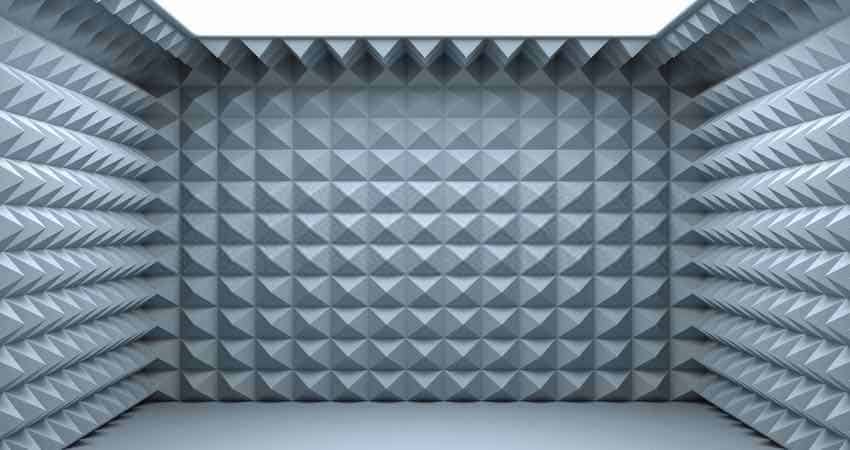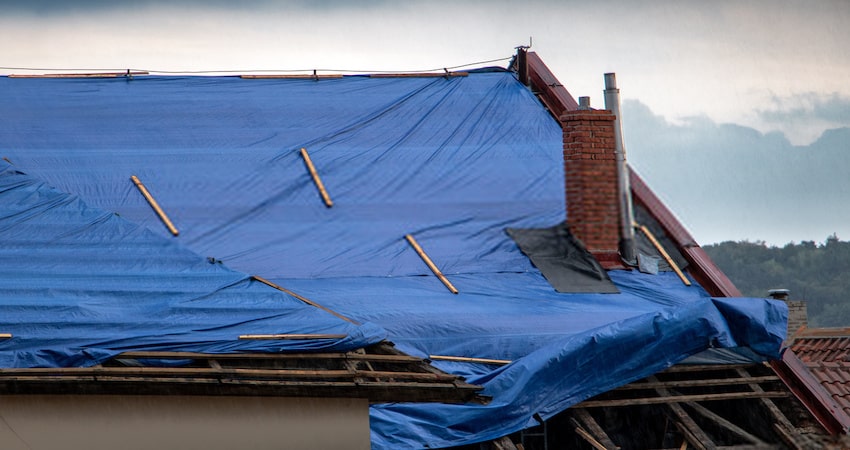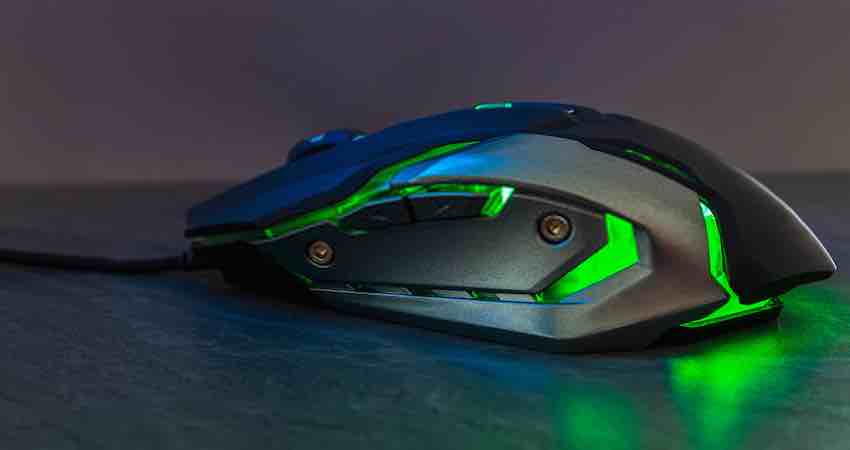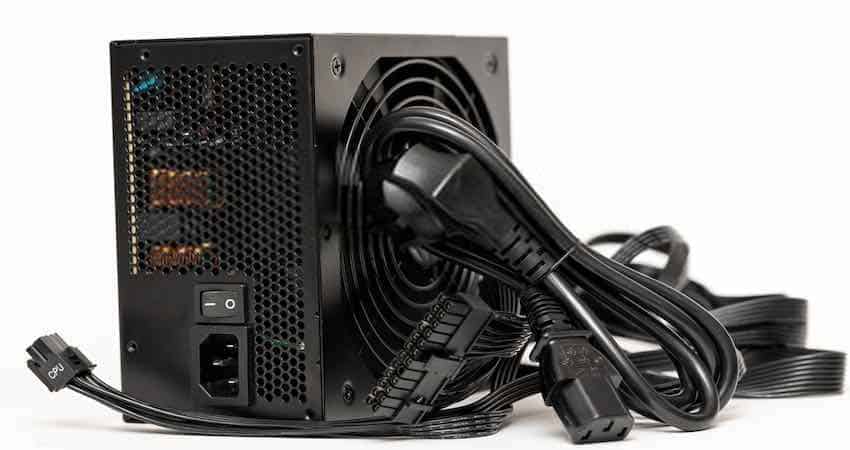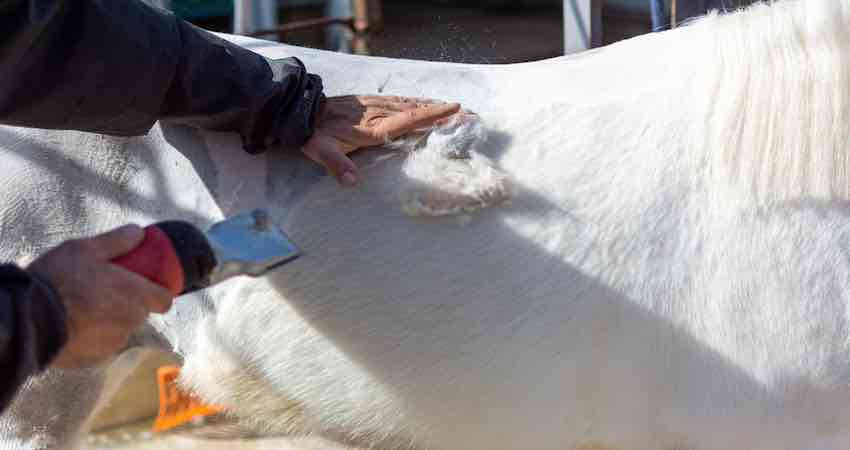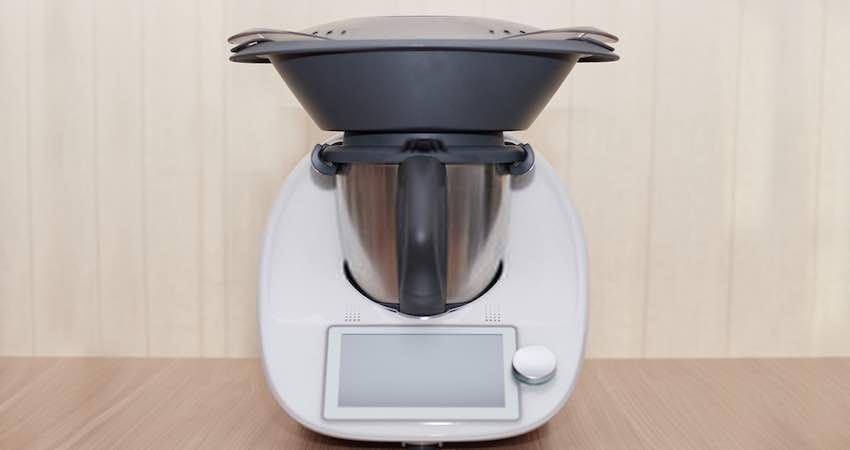As an Amazon Associate, we earn from qualifying purchases at no extra cost to you.
Aquarium brings marine life close to us. You can spend hours watching fish swim through them. However, a noisy aquarium filter can make you hate having fish tanks near you. But that shouldn’t bother you now. We have discovered the best techniques to reduce aquarium filter noise.
Before we dive into the techniques, let’s first understand how the filter works. Also, it’s essential to know why the filters make noises.
Why Do I Need a Filter?
The role of the aquarium fitter is to remove dangerous chemicals, decaying organic matter, fish waste products, and excess food from the water.
Fish continuously excrete waste in the water. If not removed, the waste becomes toxic. A huge buildup of fish waste becomes poisonous. Early stages of waste buildup cause ammonia stress to the fish. If the ammonia stress persists, it leads to fatal ammonia poisoning.
That’s the main role of the aquarium filter.
Besides, if the filter does not remove decaying food and floating particles, the water becomes cloudy. This affects the fish and can eventually cause its death. Yet, another reason why a filter is essential in an aquarium.
Even though a filter may make constant noise, you cannot do away with it. The only option is to find ways to reduce the sound produced by the filter.
As the name suggests, the role of a filter is filtrations. It carries out different filtration methods. Every method is likely to produce it’s kind of noise.
Therefore, before thinking of reducing the noise, it’s important to understand the kind of filtration carried out by your filter. Otherwise, you might reduce the noise but render the filter redundant.
- How to Make a Fish Tank Filter Quieter:
- 1. Cleaning the Fish Tank Filter
- 2. Check and Adjust the Return Pump
- 3. Lower the Water Flow Rate
- 4. Inspect and Repair Your Water Pump
- 5. Lubricate the Filter’s Impeller
- 6. Buy A Quieter Aquarium Filter
- 7. Use a Mat, Heavy Rug, or Moving Blanket under the Aquarium
- 8. Use Anti-vibration Pads Under Aquariums
- Parting Shot: Choose What Works Best with Your Aquarium
How to Make a Fish Tank Filter Quieter:
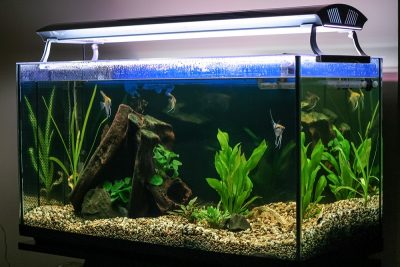
Aquarium filters come in different sizes, shapes, and power ranges. When there is a problem in the aquarium system, the filters make noises. Most of the time, the filters are not the source of the problem. The air pump is usually the problem most of the times.
Therefore, when your filter starts making some noise, it’s important to inspect the entire system.
The following are 8 aquarium filter noise reduction techniques that we have tested on our own.
1. Cleaning the Fish Tank Filter
If your fish tank filter is making constant noise, chances are it could be dirty. Identify where the dirt is and clean it. The following are simple steps to clean your aquarium filter. If you interested to learn more about aquarium filter and all about aquarium tips, try visiting Aquarialy.com
Step 1: Listen Closely
Identify where the noise is coming from. Listen closely to the aquarium. For clear listening, turn off all other sources of noise around you. This will help you concentrate only on the noise produced by the filter.
When listening, ensure the aquarium lights are off. They might emit some sounds. Listen and check the filter system to find out where the voice could be coming from.
Step 2: Inspect the Source of the Noise
After hearing where the noise is coming from, go ahead, take a close look at the filter. Wash your hands clean. Dry them well before touching the filter. Ensure the hands are cleaned with plain water.
Remove the aquarium lid and place your hand inside the fish tank. Ensure you have lights on to lead your hand. Press the filter down and inspect if the noise is shaking or rattling. Identify the nature of the sound produced by the filter.
Step 3: Remove Anything Sucked in the Filter
Remove debris, gravel or stones sucked and lodged in the filter. Particles stuck causes the filter to reverberate and to cause constant noise. Ensure there is nothing stuck in the filter.
After cleaning the filter, listen again. Find out whether you have dealt with the noise. If the noise persists, try the other techniques discussed in this article.
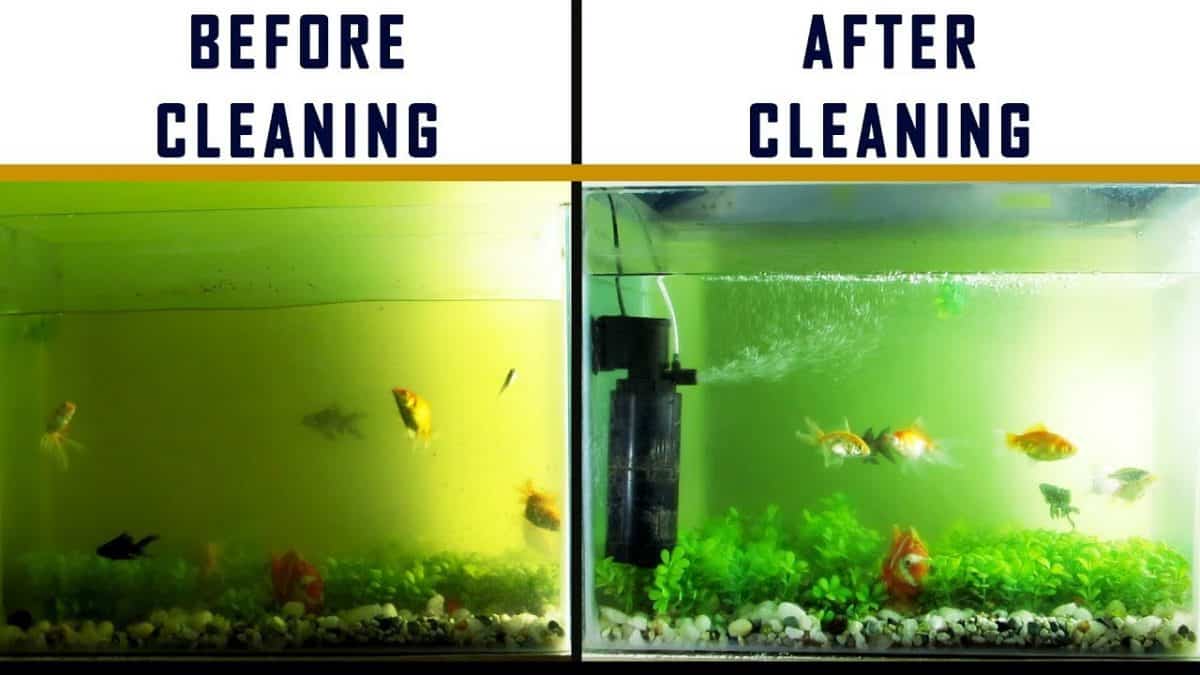
2. Check and Adjust the Return Pump
Your filter could be making noise due to the defective return pump. If the filter produces a lapping or splashing noise, adjust it. Ensure the pump’s return hose is well placed. It shouldn’t produce much noise when water re-enters the aquarium.
For lesser noise, insert the hose further into the water and reduce all noises associated with its re-entry. Attach it to the aquarium side with a clip. To cut the noise completely, keep the hose opening under water.
3. Lower the Water Flow Rate
The water flow rate is the number of times the water passes through a filter for cleaning. Change both the flow and return rate. Lowering the rate reduces the filter noise from water movement.
As the water is flowing at a high rate, the filter functions very fast, making it produce more noise. If the rate is too high, the filter might be overworking. The stress and pressure on the filter, therefore, produce more sound.
Adjust the water flow rate from the pump. However, be careful not to lower the rate too much. Leave it at a level the filter can clean the water adequately. If the rate is too low, you might poison your fish.
4. Inspect and Repair Your Water Pump
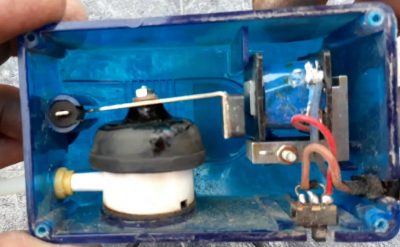
Loud aquarium filters could be a result of a defect in the water pump. Try and pump the water manually without the filter. Reset the pump system and check whether it’s functioning normally. Check the overall efficiency of the aquarium water pump.
Loud noises in the filter could be as a result of mechanical and internal pump parts that are failing. If the pump on itself makes noises, inspect it. Check any broken pieces, cracks, or debris stuck in it.
If you identify any problem with your pump, service it. Replace the broken part. Remove all stuck elements in it. Ensure everything is working normally.
You might also like: Our Recent Article about Soundproofing a Noisy Water Pump
5. Lubricate the Filter’s Impeller
If your pump and filter seem good, but you still hear any noise, lubricate it. This is a simple trick. However, ensure your lubricant doesn’t have any effect on the fish.
Use silicone oil or Vaseline to coat the metal shaft going into the magnetic cylinder and the motor of the filter. Vaseline and silicone oil are not harmful to fish. Use little lubricant to coat the shaft.
Check the moving parts of the pump. Lubricate parts that can be greased. After this, the filter should be silent. If that doesn’t work at all replace the motor.
6. Buy A Quieter Aquarium Filter
If you have tried all the other ways, but nothing is working, consider buying a quieter filter. Aquarium filters have evolved. The newest brands are more silent as compared to ancient brands.
The old filters are generally noisy. If you are still using them, upgrade today. You can find the filters on Amazon.
Instead of repairing your old filter, get a new one. It might seem expensive to buy a new one than repair the one you have. However, if you do long term calculations, you will discover repairing is expensive.
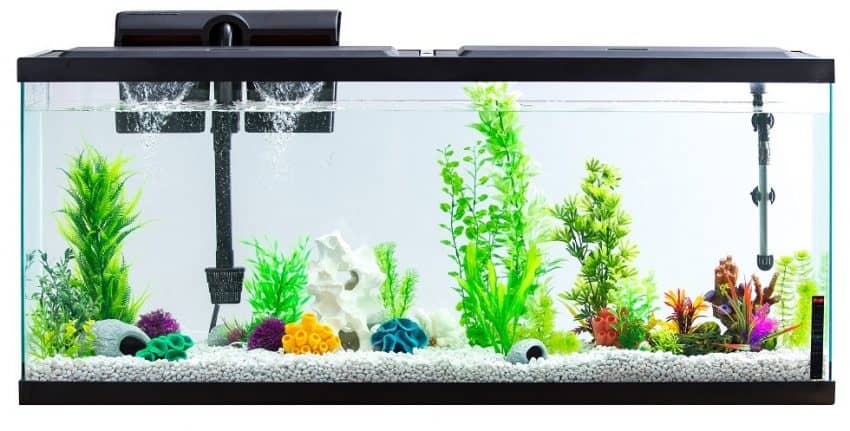
Factors to Consider When Buying a New Quietest Aquarium Filter
If your filter makes constant noise even after cleaning and lubricating, the only reasonable option is to buy a new one. However, how do you know the filter you are buying is the best for you? The following are the top factors you need to consider when buying aquarium filters.
- Your Aquarium tank size
- Saltwater or freshwater aquarium
- Water volume
- Self-priming ability
- Maintenance and cleaning needs
- Flow rate capacity
- Warranty
- Spare parts availability
- Brand Reputation
All filters perform the same function. However, they are designed differently. Filters come in different technologies, methods, and capabilities.
Where Can I Buy The Best Quietest Aquarium Filters?
There are thousands of great filters available on the market. However, there are a few respectable brands. If you do your homework well, you can get efficient filters that can be used in every aquarium.
Each filter has special features. We have done the homework for you. If you are looking for a quiet aquarium filter, consider the following options.
Aqua Clear 110 Aquarium Power Filter
[amazon box=”B000260FV6″ template=”horizontal”]- Supports between 60 to 100 gallons aquariums.
- Comes with Aqua Clear Foam to improve the aquarium’s water quality
- Two years warranty
MarineLand Penguin Power Filter with Multi-Stage Filtration
- Convenient and easy to use Penguin Rite-Size Cartridges
- Affordable filter
Penn Plax Cascade 300 Submersible Aquarium Filter
Extremely quiet filter
- Adjustable water flow capability
- Has a spray bar option for water distribution
Aqua Clear Power Filter – 110 V
- Supports 30 to 50 gallons aquariums.
- Aqua Clear foam to improve water quality.
- Two years warranty.
Aqua Ultraviolet Ultima II Aquarium Filter with Two Inch Valve
- The filter has effective internal jets for filtering up to 2000 Gallons aquarium
- Easy to install
- Less maintenance required
7. Use a Mat, Heavy Rug, or Moving Blanket under the Aquarium
Aquarium filters, pumps, and light produce some noise. As you focus on silencing your filter, you cannot eliminate the sound. But you can reduce the effect of the noise produced by the aquarium components.
Place Mats, heavy rugs, and moving blankets works absorbs sound vibration. When placed under the aquariums, they absorb sounds from the filters.
Not every Mat/rug/blanket will be useful in soundproofing your aquarium. The thicker, denser, or weightier the blanket/rug/mat is, the better. Sound will have a hard time penetrating through the blanket.
Note: Blankets are also useful to soundproof air vents.
Best Aquarium Mats on Amazon
- Cabinet Mat
- Premium Shelf Liner,
- Absorbent/Waterproof
- Contains Liquids (24” x 29″)
Innovative Marine DIY Self Leveling Mat
- Self-Leveling/stabilizing high quality foam rubber
- 5mm thick
- Adhesive backing
- Cut to fit
8. Use Anti-vibration Pads Under Aquariums
Vibration from the filters penetrates through the wall.
Anti-vibration pads are the most effective way to reduce structural noise. It’s cheap and easy to install. They absorb all the vibrations and prevents them from causing disturbances in the other rooms.
The best part is that you don’t need any special skills to fix the pads. You can do that in less than 5 minutes. Order the pads on Amazon and put them under your aquariums.
Best Anti-vibration pads on Amazon
- Pack of 4 Universal Anti-Walk Pads
- Excellent Shock Absorber
- Non-Skid Design
- sturdy and durable
- Made of recycled tire rubber
- Effective Anti-Vibration platform
Parting Shot: Choose What Works Best with Your Aquarium
This article has covered in depth different techniques to reduce aquarium filter noise. It’s important to understand that you cannot apply all of the suggested techniques. Therefore, choose what works best for you.
Understand the cause of the filter’s noise. Address the problem: order spare parts or new filters from Amazon.
Enjoy the peace and tranquility of your home or office with a quieter filter. Apply any of the above techniques. Buy tried and tested products from Amazon to soundproof your aquariums. Say goodbye to noise.

